Do walls need to be primed before puttingty?
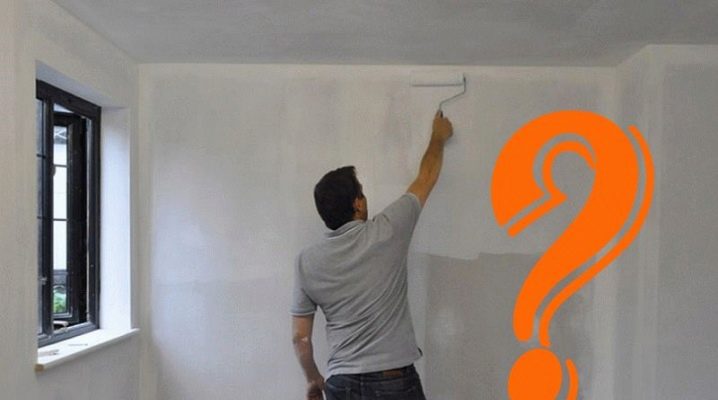
Everyone who has started repairing a house or apartment is faced with the need for high-quality processing of walls and ceilings before covering them. Modern building mixtures for finishing work greatly simplify this process.
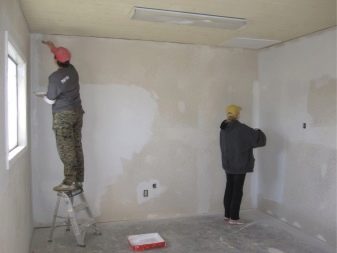
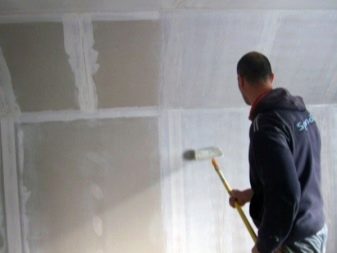
Regardless of how the surfaces will look after repair work (painting, wallpapering, fixing drywall), they should first be primed.

What is the primer for?
The primer solution is a liquid, usually colorless or white.
The transparent material is applied to surfaces prepared for wallpaper. Opaque is used for processing ceilings (in most cases).
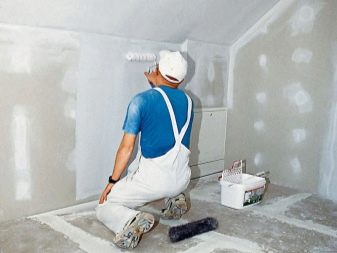
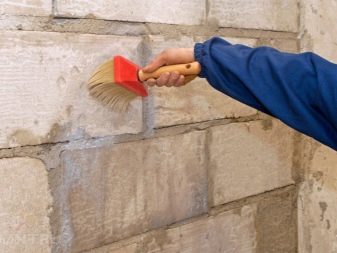
When putty is done without a preliminary primer, then after some time the walls or ceiling will surely crumble.
In fact, everything will have to be redone. Plus, this will entail both a number of labor costs and financial costs. To avoid such unpleasant moments, it is better to initially process the surfaces and prepare them for finishing work.

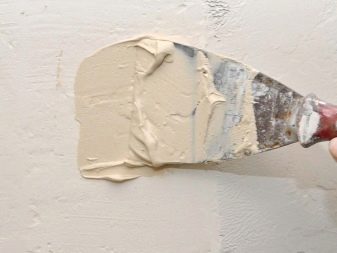
Putty put on top of the primer will hold on to walls or ceilings for many years.
To bond together all the materials that will subsequently cover the surfaces, a primer is used. It acts as a connecting block between the base of the surface to be treated and the subsequent applied layers.
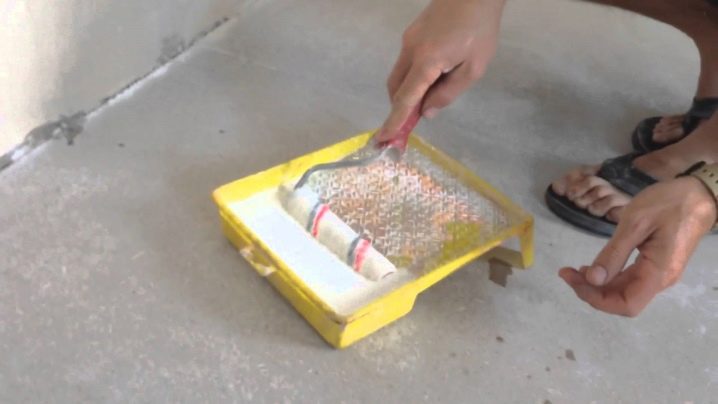
The quality characteristics of the primer are as follows:
- protects against the formation of mold and mildew on the walls;
- penetrates deeply into cracks and fills them, creates a smooth and solid wall surface before filling;
- evens out surfaces of any material (drywall, concrete and others);
- neutralizes the color of stains;
- the surfaces to be treated can be brick, wood, concrete and plasterboard.
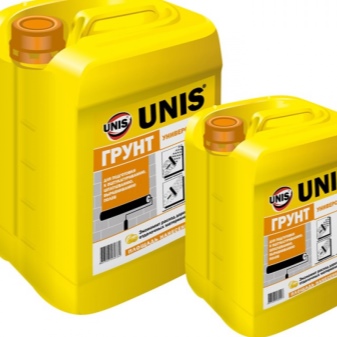

Types of primers
Today the paint and varnish industry offers a wide range of mixtures to choose from for preparing surfaces for further coating.
The main ones are: alkyd, acrylic, polystyrene, phenol-based primers, adhesive, mineral, latex and others.
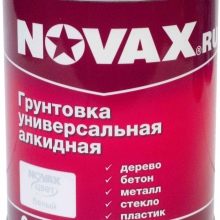
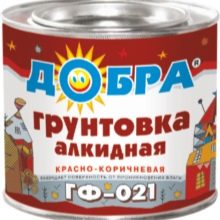
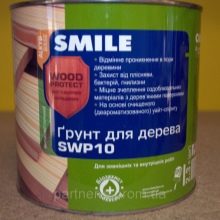
Alkyd is designed for processing wooden structures. Protects wood from rotting and various insects. A fashionable trend in construction is the creation of houses from wood material. If in the future the surface will be varnished, then it is necessary to prepare it by applying a primer.
A primer using shellac has been developed and introduced into production and sale.
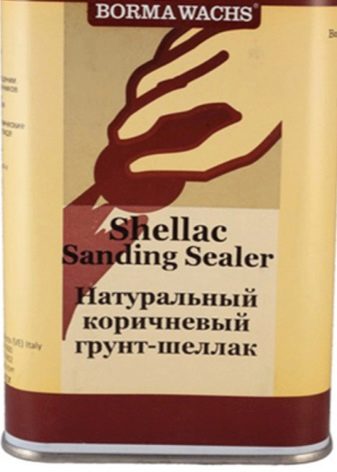

It is a liquid mixture that penetrates firmly into the depths of the wood layer (smoothing the surface where there are knots) and makes it completely resistant to moisture penetration. Protects against the formation of fungal deposits.
Acrylic primer is used on almost all types of surfaces. It lays down on the surface in a very strong layer. Its peculiarity lies in the fact that it can handle metal structures, as well as surfaces that absorb moisture slowly. Waterproof substrates are best treated with mixtures that are compatible with them. Optimax primer is a good choice for preparing the wall for wallpaper. It will not only hide all surface defects, but also paint the wall white, which is important for thin wallpapers.
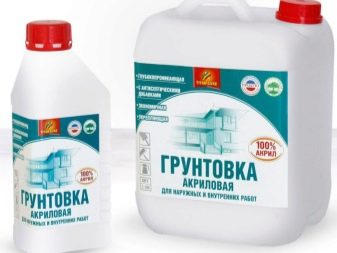
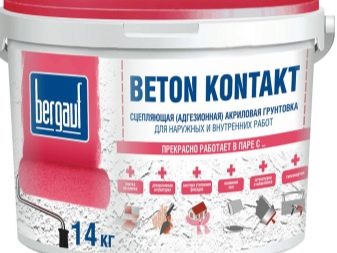
The adhesive mixture is intended for rough surfaces. It is convenient to lay tiles on them.The primer contains quartz sand. Suitable for bases on which decorative plaster will be applied.
Primers are available such as glyphthalic perchlorovinyl. They are intended for application to cement, brick and wood. Used for outdoor use. They have a very high toxicity.
Mixtures containing abrasive particles (quartz sand) are used to cover concrete, for example, "Betonokontakt". Concrete bases are checked for strength. All irregularities and depressions are covered with cement, and after drying, a primer is used for surface treatment. It can be used before topcoating. The adhesion of the wall will increase significantly after processing with such a composition.
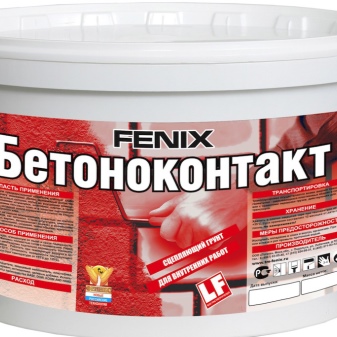
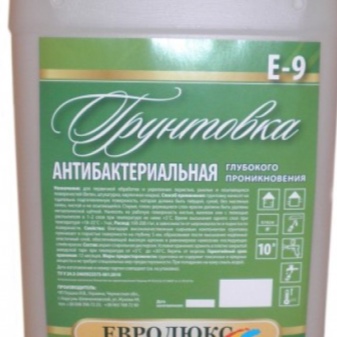
For rooms with high humidity, primers with antibacterial components are suitable.
Polystyrene is usually applied to external surfaces, since it is highly toxic and is not used for working inside.
Phenolic is applied to metal surfaces. To prevent the appearance of corrosion on metal surfaces, anti-corrosion compounds are used.
Universal and acrylic is used for drywall (gypsum plasterboard and gypsum plasterboard). This is a material that absorbs moisture very well and requires an obligatory primer, especially at the seams and joints. It is also necessary to carry out this stage of work before laying the tiles.
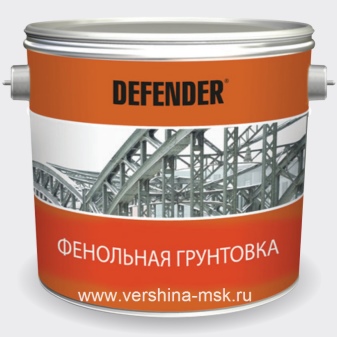
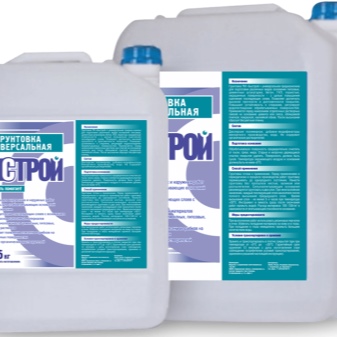
Gypsum plasterboard (GKL) and gypsum fiber (GVL) are a material containing a gypsum base, pasted over with flexible and smooth cardboard. Wall cladding is made with such sheets, they are fixed to ceilings, and various partition compositions are installed inside the premises.
The firm "Knauf", being a manufacturer of drywall, has developed and introduced into production a primer for its processing. Primer "Knauf" is universal and has high quality indicators.
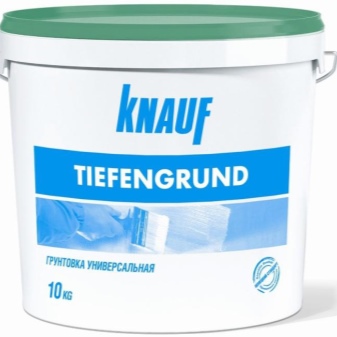
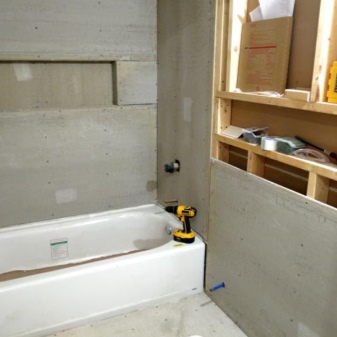
Plasterboard structures began to be installed more in rooms with high humidity. This opportunity presented itself due to the fact that a new composition appeared in the production of paints and varnishes and primers. The surfaces treated with it do not lose their original characteristics and remain unchanged for many years.
Latex primers contain the sap of a rubber tree, so they are classified as natural ingredients. The surface they treat becomes resistant to wear, water and moisture. The composition is ideal for substrates that crumble quickly (loose and old).
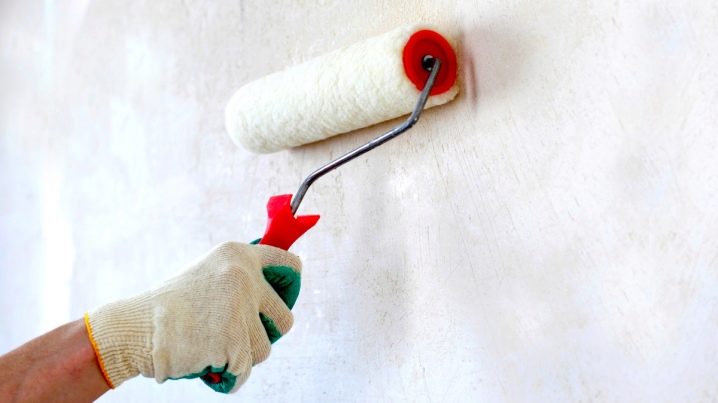
For outdoor use mineral primers are used. They contain cement in their composition. Suitable for brick walls and those made of blocks.
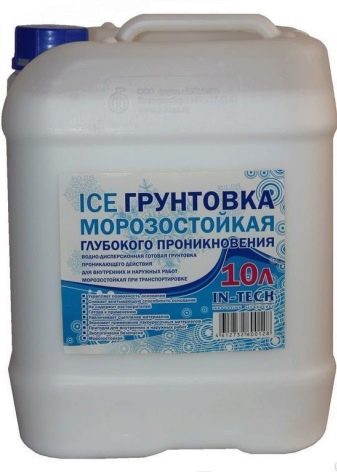

Surface preparation
Some surfaces absorb moisture, while others do not, so the primer material for them will be significantly different.
To prepare walls or ceilings for further processing (painting, wallpapering, etc.), the following must be done:
- clean the surface from dust and dirt;
- scrape off old paint, if any;
- remove old wallpaper;
- wash and dry the walls;
- repair cavities, cracks or chips with putty.
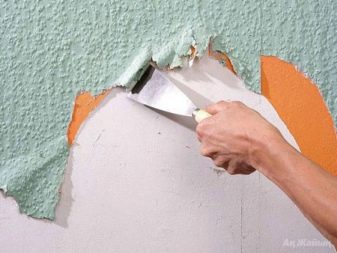

You can clean the surface from dust with a cloth or with a vacuum cleaner. The paint and varnish material is removed with a spatula or paint scraper.
Wallpaper is removed with a metal spatula and hot water, which should be wetted. After this, the old layer swells. Removing the wallpaper is now easy.
After removing the previous materials, you need to wash the walls. If there are surfaces on which mold or mildew is concentrated, then it is recommended to treat them with an antiseptic solution.
When the walls are washed, they are dried. An important point is that the drying process itself can take several days. It all depends on the surface that the water has affected.
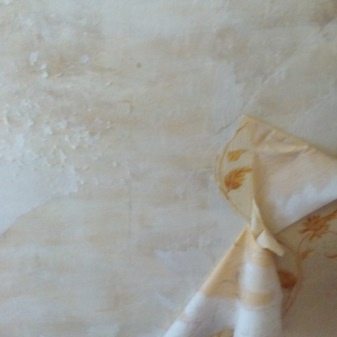
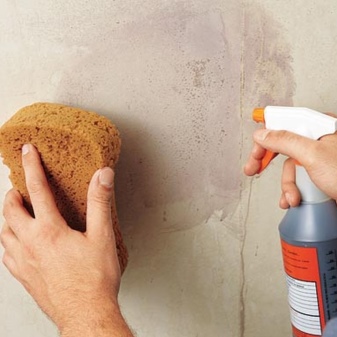
When the installation of plasterboard surfaces is completed, they are prepared for a primer.The primer acts as an insulating material, increases the adhesion properties of the surface, penetrates deeply into the material, thereby subjecting it to polymerization (strengthening). The surfaces can be screwed to the wall frame or fixed to the ceiling. The primer should be selected taking into account the surface area on which it will lie. It is necessary to carry out preparatory measures for the processing of structures with high quality, so that later the finishing material (be it paint or wallpaper) evenly adheres to the main surface.
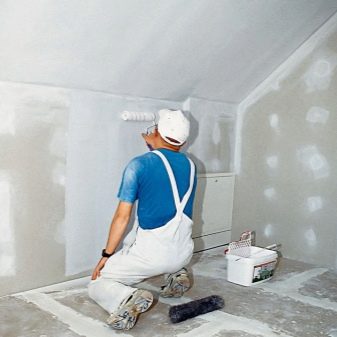
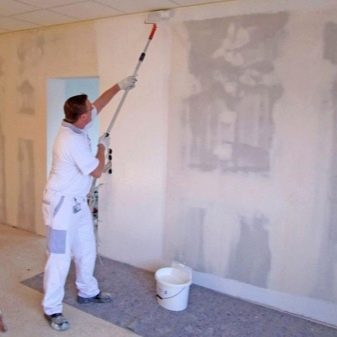
For work, you will need a container for the mixture itself, rubber gloves, a brush, a roller. It is possible to use a spray gun.
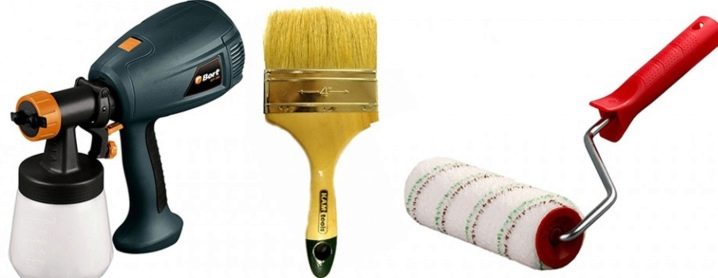
Subtleties of application
It is best to apply the primer in two layers: the first is placed between the wall under the plaster and putty, and the second after the putty. Then the applied materials will not be able to peel off or crumble. The primer forms a protective layer, provides an opportunity for two layers inside to firmly connect (adhere).
Everyone has the right to choose the soil that he considers most suitable for the walls in his home. The variety of assortment allows you to replace them with one another, it is only necessary to take into account the degree of humidity and air temperature in the room. A versatile material that will treat any surface is an acrylic blend. Before applying to the wall, the composition is diluted with water.
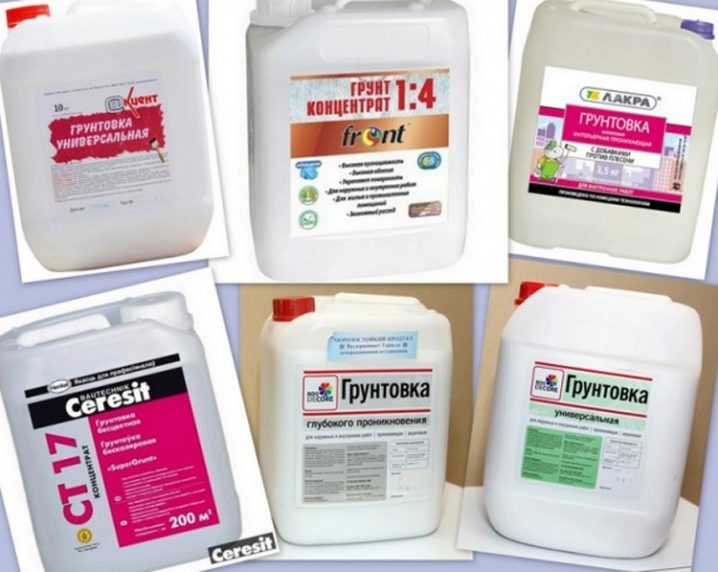
A mixture of medium penetration is applied to surfaces for wallpaper or for painting walls. Wallpaper doesn't have to be heavy.
For others, deep penetration mixtures are used. In this case, the wallpaper will last for a long period of time.
The process does not require any special skills and abilities.

The mixed primer is poured into the container. If the mixture is dry, then it is diluted with water. If the solution is concentrated, then it is prepared taking into account the proportions indicated on the package.
Further, the walls are smeared with a brush evenly and thoroughly, especially in places where there were cracks or damage. When the walls are old, then for their high-quality and reliable strengthening it is necessary to apply the mixture in a thicker layer. If the base is porous, then the soil is applied until the hollows are completely filled. The solution is applied with a roller from the bottom up. Spread the solution over the entire area of the base.
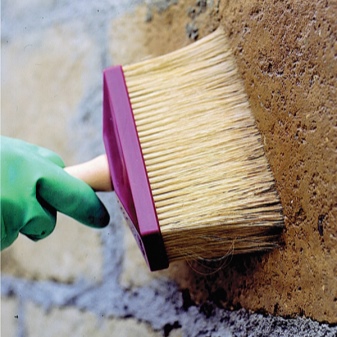

Drywall is subject to similar processing. The entire surface is evenly treated with the prepared (diluted water) mixture. The joints and places for self-tapping screws are processed with a brush. The subsequent drying time of the solution depends on its type.
After the soil has dried, a thin layer of finishing putty is applied to any surface. This is how the walls are aligned. A reinforced tape is glued over the drywall at the joints. Once dry, the final primer must be applied again.
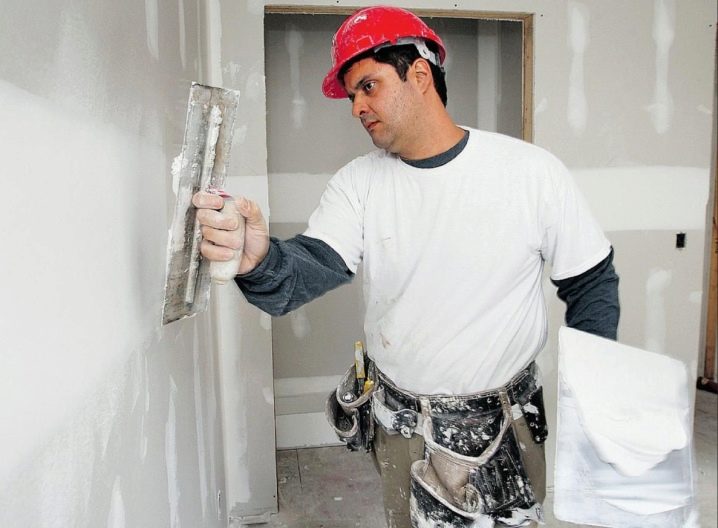
Recommendations
For subsequent coatings on concrete substrates, it is best to use a quartz primer. The strong glue in its composition will help the surface layers to bond tightly together.
In order to make it convenient to carry out high-altitude priming work, you can adapt the roller to a pole. Such assistive mechanisms are commercially available.
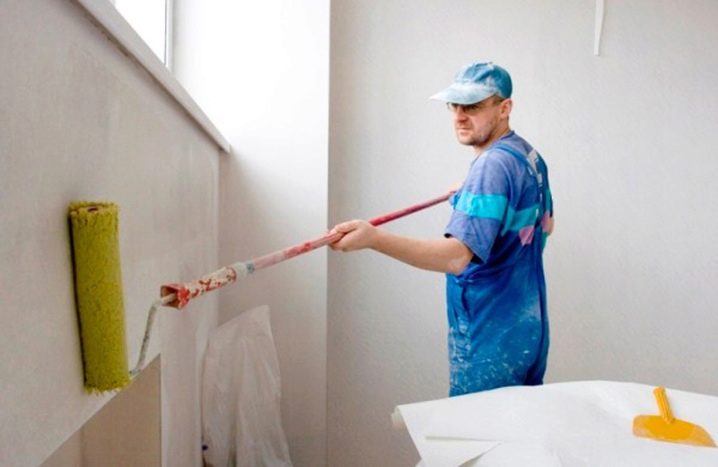
Don't question yourself about the advisability of applying a primer to walls, ceilings, or other substrates. In this case, saving finances is not worth it. The mixture will help prepare the surface for subsequent coatings. Less glue or paint will need to be applied to pre-treated surfaces. The main thing is that there will be no disappointments after the completion of the entire stage of repair work. The primer will not give an opportunity to peel off the wallpaper, peel off the paint, or collapse the tiles. You will save your energy and money.
Why priming the wall, see the video below.













The comment was sent successfully.